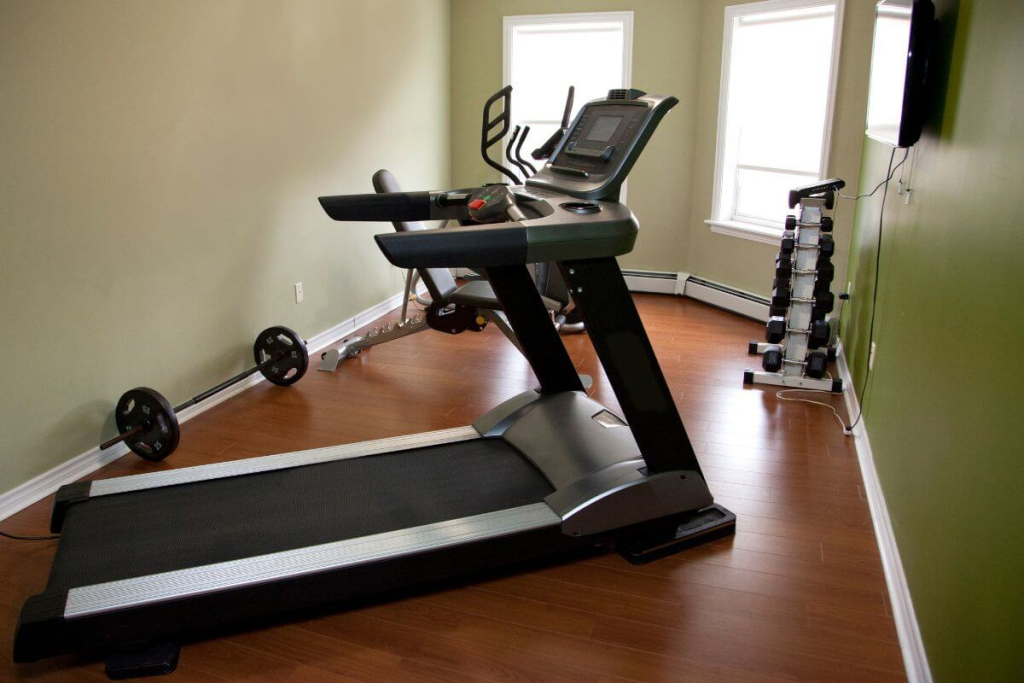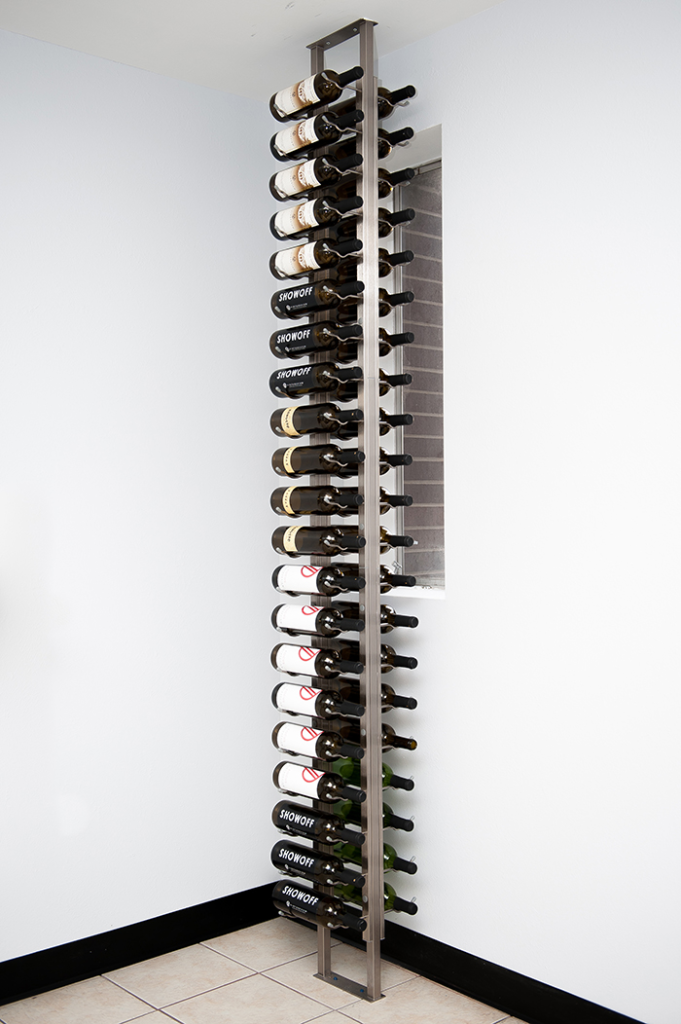Canopy beds have long been associated with luxury, elegance, and a touch of whimsy. However, not everyone has the lofty ceilings to accommodate such grand designs. If you’re living in a space with low ceilings, you might think a canopy bed with low ceiling is an impossible dream. Fortunately, there are many stylish options and creative ideas that allow you to enjoy the beauty and functionality of a canopy bed without overwhelming your space. This article explores the best choices for canopy beds that suit lower ceilings, their benefits, styling tips, and more.

What Is a Canopy Bed?
Before we dive into the specifics of canopy beds designed for low ceilings, it’s essential to understand what a canopy bed is. Typically, a canopy bed features a frame with posts at each of the four corners, often extending beyond the mattress to support a fabric canopy. This design creates an intimate and cozy sleeping space, making it an attractive addition to bedrooms of all styles.
Canopy beds can be made from various materials, including wood and metal, and can range from simple and minimalist to ornate and extravagant. However, the challenge arises when fitting these stunning pieces into rooms with lower ceilings, where traditional designs may feel overpowering.
Why Choose a Canopy Bed with Low Ceiling?
1. Maximize Vertical Space
A canopy bed with low ceiling can create the illusion of height in a room. By selecting the right design, you can draw the eye upward, making your space feel more open and airy. This is particularly beneficial in smaller bedrooms, where the right furniture can significantly influence how spacious the room feels.
Read too: Shiplap Ceiling in Kitchen: A Timeless Trend for a Stylish and Cozy Space
2. Create a Cozy Atmosphere
The canopy can provide a sense of enclosure, making your bed feel like a personal retreat. This cozy atmosphere is perfect for relaxation and can help improve your sleep quality.
3. Versatile Design Options
Canopy beds are available in various styles and materials, allowing you to choose a design that complements your existing decor. From minimalist frames to ornate canopies, there’s something to suit every taste.
4. Enhance Aesthetic Appeal
A canopy bed adds a touch of elegance and sophistication to any bedroom. With the right fabrics and accessories, you can create a beautiful focal point that transforms your space into a stylish oasis.
Choosing the Right Canopy Bed for Low Ceilings
When selecting a canopy bed with low ceiling, there are several factors to consider to ensure that it fits both your space and style. Here are some tips to help you make the right choice.
1. Opt for Low-Profile Designs
Look for low-profile canopy beds that sit closer to the ground. These designs typically have shorter posts and a more understated canopy, which can work well in rooms with lower ceilings.
2. Select Lightweight Fabrics
When choosing fabric for your canopy, opt for lightweight materials like sheer cotton or linen. Heavy fabrics can overwhelm a low ceiling and make the space feel even more cramped. Lightweight options also allow natural light to filter through, creating an open atmosphere.
3. Choose Shorter Canopy Posts
Canopy beds come with different post heights. For low ceilings, look for beds with shorter posts, generally ranging from 60 to 72 inches high. This height allows for the essence of a canopy bed without the overpowering feel that tall posts can create.
4. Consider Adjustable Canopy Designs
Some canopy beds feature adjustable canopies that can be raised or lowered according to your ceiling height. This flexibility can be particularly useful if you plan to move the bed to a different room with a different ceiling height.
5. Keep It Minimalist
A minimalist design can work wonders in small spaces. Opt for a simple frame with a basic canopy that doesn’t draw too much attention. This will keep your room feeling spacious and uncluttered while still allowing you to enjoy the benefits of a canopy bed.
Tips for Styling a Canopy Bed with Low Ceiling
Once you’ve chosen the perfect canopy bed with low ceiling, the next step is to style it effectively. Here are some tips to create a stunning look without overwhelming your space:
1. Choose a Focal Point
In a room with a low ceiling, the bed should be the focal point. Use bedding, pillows, and throws in complementary colors to draw attention to the bed. Opt for lighter shades to make the room feel more open.
2. Layer Textiles Wisely
Using layers of light fabrics can create a romantic feel without being too heavy. Consider draping sheer curtains from the canopy to soften the look and add a touch of elegance. Choose fabrics that match your overall color scheme for a cohesive look.
3. Use Vertical Lines in Decor
To emphasize height, incorporate vertical lines in your decor. Choose tall lamps, vertical artwork, or long curtains that extend from the ceiling to the floor. This will help create an illusion of height, making the room feel more spacious.
4. Incorporate Lighting
Lighting plays a crucial role in setting the mood of your bedroom. Use pendant lights or wall sconces at or just below the height of your canopy. Soft lighting can create a warm and inviting atmosphere, enhancing the cozy feeling of your bed.
5. Add Plants for Freshness
Incorporating plants can bring life and freshness to your bedroom. Choose tall, slender plants that won’t crowd the space. Place them near the bed or in corners to draw the eye upward.
Practical Considerations for a Canopy Bed with Low Ceiling
While canopy beds can be visually appealing, they also come with practical considerations that you should keep in mind:
1. Ceiling Height
Measure your ceiling height before purchasing a canopy bed. Ideally, you want at least 12 inches of clearance above the tallest point of the canopy for comfortable movement and to avoid the feeling of being enclosed.
2. Room Dimensions
Ensure that the dimensions of your room can accommodate a canopy bed without making the space feel cramped. Ideally, there should be enough room to move around the bed comfortably.
3. Maintenance
Keep in mind that a canopy bed with fabric drapes may require regular cleaning. Choose fabrics that are machine washable or easy to maintain to ensure your bed remains fresh and inviting.
4. Assembly
Many canopy beds require assembly. Ensure that the design you choose is straightforward to put together, especially if you’re not particularly handy.
Conclusion
A canopy bed with low ceiling can transform your bedroom into a cozy, elegant retreat without overwhelming your space. By choosing the right design and carefully styling your bed, you can enjoy the luxurious feel of a canopy bed while optimizing your living area. With the tips and information provided in this guide, you can confidently select the perfect canopy bed that suits your style and fits within the constraints of your low ceiling.
Embrace the Luxury
So go ahead, embrace the luxury of a canopy bed, and make it a beautiful addition to your home—no matter how low your ceilings may be. Your bedroom should be a reflection of your style and a sanctuary for relaxation, and a well-chosen canopy bed can achieve just that.


















